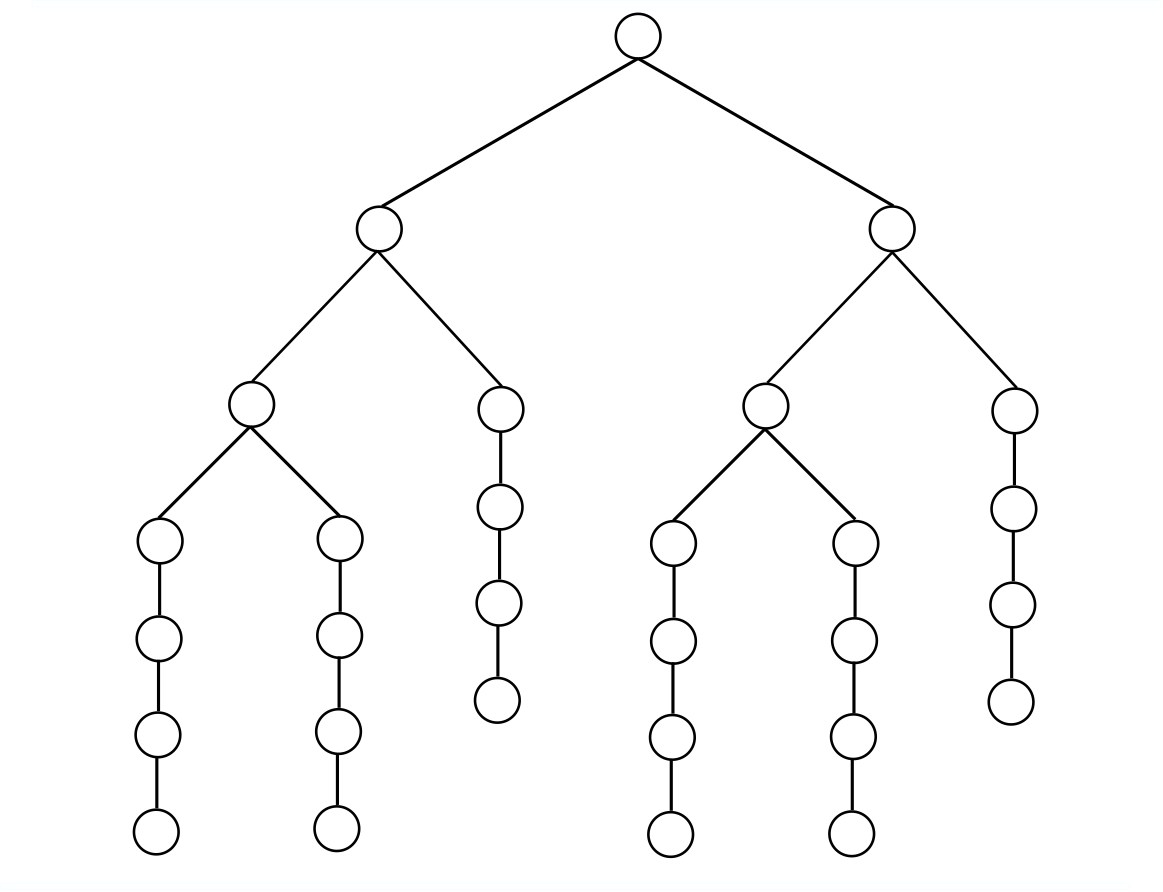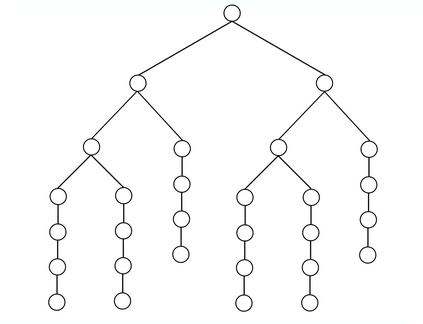Sorting is the task of ordering $n$ elements using pairwise comparisons. It is well known that $m=\Theta(n\log n)$ comparisons are both necessary and sufficient when the outcomes of the comparisons are observed with no noise. In this paper, we study the sorting problem in the presence of noise. Unlike the common approach in the literature which aims to minimize the number of pairwise comparisons $m$ to achieve a given desired error probability, our goal is to characterize the maximal ratio $\frac{n\log n}{m}$ such that the ordering of the elements can be estimated with a vanishing error probability asymptotically. The maximal ratio is referred to as the noisy sorting capacity. In this work, we derive upper and lower bounds on the noisy sorting capacity. The algorithm that attains the lower bound is based on the well-known Burnashev--Zigangirov algorithm for coding over channels with feedback. By comparing with existing algorithms in the literature under the proposed framework, we show that our algorithm can achieve a strictly larger ratio asymptotically.
翻译:排序是使用对称比较来订购 $n 元元素的任务 。 众所周知, 当比较结果在没有噪音的情况下观测到时, $m@ Theta( n\log n) 美元比较既必要又充分。 在本文中, 我们研究噪音情况下的分类问题。 与文献中旨在尽量减少对称比较数量的通用方法不同, 以达到预期的误差概率, 我们的目标是将最大比率 $\ frac{ n\log n ⁇ m} 定性为最大比率 $\ flax $\ frac{ n\ log n ⁇ m}, 以便以消失的误差概率来估算这些要素的顺序。 最大比率被称作噪声排序能力 。 在这项工作中, 我们从噪音排序能力上得出上下界限。 达到下界限的算法基于众所周知的 Burnashev- Ziganggirov 算法, 用反馈来对频道进行调控。 我们通过比较拟议框架中的现有算法, 显示我们的算法可以实现严格更大的比例 。




